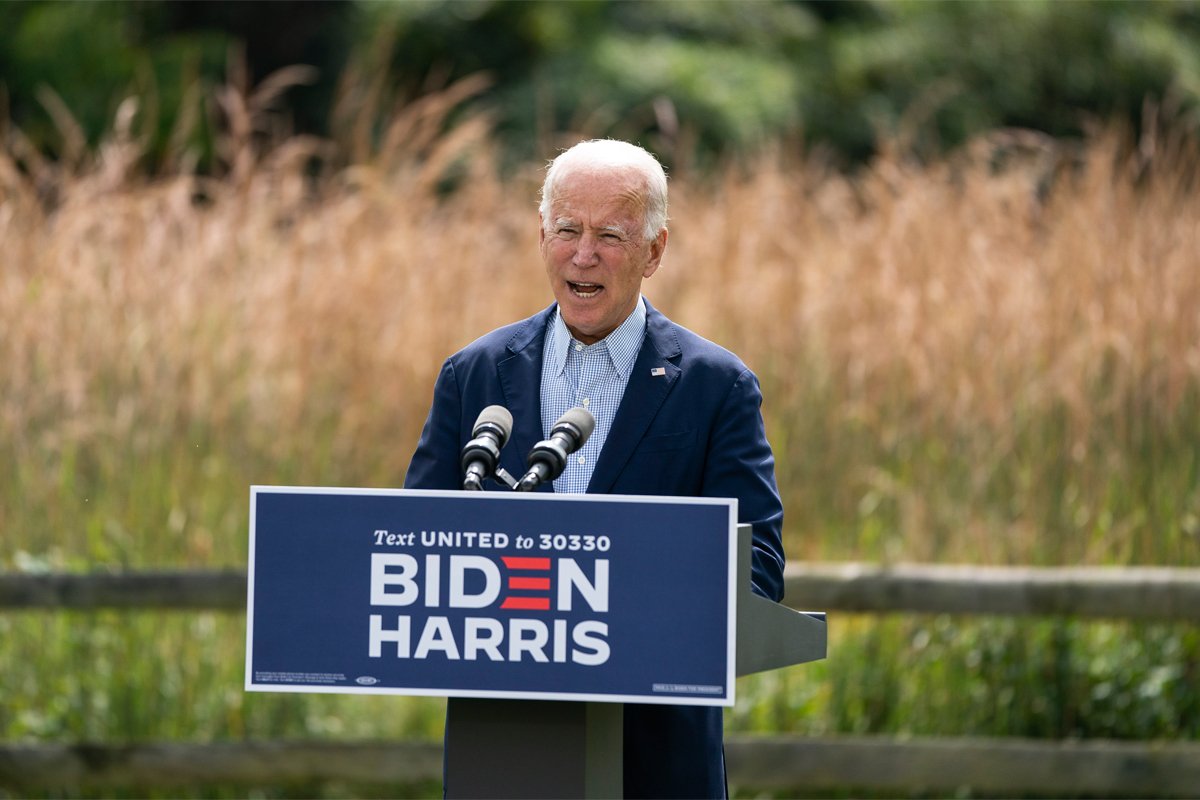“Embracing Biden’s Climate Vision: Farmers and Climate-Smart Agriculture”
President Biden’s Agriculture Department Achieving Unprecedented Milestone a Decade Later: Garnering Broad Support within Conservative Agricultural Industry for Climate Change Action Program.
The formula for success involves incentivizing farmers not by mandating hefty carbon emissions payments, but by paying for green practices instead. Biden officials are hopeful that their $3 billion initiative – kickstarted with funding this spring – will lay the foundation for long-term purchases, aiding sustainable farming through support from rural voters and American agribusiness, not to mention Congress and Wall Street investments in the future. Yet, they still need to prove that it has a real environmental impact and is not just a gift to Big Ag, a concern held by some climate activists.
Boney found that farmers and other rural interests vehemently oppose government mandates and cast doubt on them, but are ready to be part of the climate solution. To test farming techniques for sustainable agricultural production, Boney’s research with collaborators in Duke has proposed using USDA’s Commodity Credit Corporation, an internal bank, to compensate farmers and agribusinesses. The ag industry has responded positively.

USDA received 1,050 proposals from interested farmers, agribusinesses, and educational institutions for the conservation program – but only 141 projects could be supported in the current funding round. The country’s most powerful farm lobby with over six million members, the American Farm Bureau Federation, has toned down the popularity of the program with its “voluntary, incentive-based approach,” according to former senior director of government relations at the federation, Andrew Walmsley, limiting it to that perspective. Walmsley credits much of the work and its perspective to Boney. The United States can alter global temperatures or curb catastrophic weather events. The Farm Bureau is now a member of the Food and Agriculture Climate Alliance, a lobbying alliance made up of the largest groups in agriculture, focused on advancing voluntary, incentive-based climate solutions. And the group has proven an ally in curbing G.O.P. attacks on Biden administration’s climate initiative.
Agriculture Secretary Tom Vilsack’s pivot against Senator Chuck Grassley succeeded during a hearing this year when the Iowa Republican pressed him on how his department aimed to regulate its major climate efforts. “I will remind you that the ag groups, the major ag groups, the major commodity groups, all actually wanted this program established and actually fundamentally worked on its outline about how it should be established, and we followed the letter ‘T’,” Vilsack said.
The Farm Bureau has endorsed “robust” funding for conservation programs in the Farm Bill, which is due to be reauthorized this year, and safeguards for new climate spending in the Currency Exchange Stabilization Fund – up to around $75 billion over the next decade. Boney accepts that the initiative is essentially a massive science experiment. But he emphasizes that it’s crucial to encourage industries to reduce their vast carbon footprint, which accounts for nearly 10 percent of the nation’s emissions. “Here, our work needs to present it in a way that’s attractive for support,” he said. “And then demonstrate that it can work and demonstrate that it’s sustainable.”
Boney, as under secretary for natural resources and the environment in the USDA, was at the forefront of the Obama administration’s ill-fated efforts to create a cap-and-trade system for carbon emissions. The proposal, which would have limited carbon emissions from industries but allowed them to buy more credits than their limits, faced fierce opposition from powerful interest groups including the agricultural lobby, and was never passed through both chambers of Congress. The failure was a humbling lesson for Boney.
Undersecretary Boney for agricultural production and conservation at the USDA said, “I think a lot of people in agriculture and forestry felt like cap-and-trade wasn’t built with them in mind. It felt like a top-down approach.”
Following the end of the Obama administration and the start of President Donald Trump’s tenure, Boney returned to Duke University to study “Conservation in Rural America,” where he earned his first master’s degree – essentially exploring how to involve the agricultural industry in the fight against climate change.
During this period, farmers had to face serious weather events, making it difficult to ignore the impact of global warming. In the west, devastating wildfires have destroyed herds of cattle and historic droughts have depleted water from crops and animals. The Derecho storm ravaged Iowa’s valuable corn crops, and in the south, destructive hurricanes have become commonplace.
After obtaining industry approval, USDIA now needs to educate environmental advocates. Some individuals are skeptical, given that scientists have raised questions about the effectiveness of certain methods being tested on farmers, such as carbon sequestration. They are also concerned that the data from USDIA’s projects won’t be public because it includes proprietary business information from participating companies. Kathy Day, Director of Climate Policy at the National Sustainable Agriculture Coalition, said, “It’s not clear that it will do much more than create another revenue stream for some projects.” “If more money goes to farmers and practices change, then the concern becomes less. But we really want to know if it’s good, solid data to ensure that big international corporations won’t benefit from it.”
Among the projects receiving the most funding, researchers have also raised doubts about the climate impact of one – carbon sequestration, which involves planting cover crops during off-season to absorb more greenhouse gases from the air.

USDIA estimates that partnership programs could reduce carbon emissions by up to 60 million metric tons – equivalent to removing 12 million cars from the road. When asked how the calculations were made, USDIA gave an unclear response: agency spokesperson Alan Rodriguez said, “The estimates were made based on proposed practices in provisional selections and acreage.”
However, a recent study from Stanford University’s Center on Food Security and the Environment found that cover crops, especially when applied improperly, could reduce overall crop productivity. Decreased crop growth could lead to “spillover” emissions in other parts of the world where farmers would need to increase their own agricultural production to fill the gap. David Lobell, Director of the Stanford Center, stated that the conclusions of early studies on soil carbon, which suggested that climate-smart agriculture could significantly sequester carbon, were overly optimistic. Lobell said, “They are certainly not hitting those climate targets we need.” “Even in the agricultural sector, they won’t have enough to offset their own emissions. I think we need to do a lot more.”
In efforts to reduce agricultural carbon emissions, livestock presents another frontier – ruminants, in particular, emit significant amounts of the climate-warming gas methane. USDIA has granted $90 million to LoCarbon Technologies, a company auditing meat production’s carbon footprint by tracking what cows eat, how they graze, and how manure is managed, assessing how productive each cow is.
Some environmentalists heavily criticize such endeavors, arguing that despite mitigation efforts, there’s no evidence that a large-scale reduction in methane emissions from livestock production can be achieved through climate-smart methods. Ron Schuler, Chief Operating Officer of LoCarbon Technologies, emphasized that there’s a fine line being walked between transparency and success among partnering businesses with USDIA. Participants will need to engage in a partnership network, which will facilitate sharing lessons among them.
Schuler stated, “Internally, we’ll gather data from the private sector and make as much of it public as possible.” “Transparency is key. Additionally, there are projects on the horizon where some proprietary business models could work … You want those businesses engaged in climate-smart practices to perform well, improve their bottom line.”
And he strongly emphasized that USDIA will learn from all these programs. “We’re hoping that by year one, two, and three, we’ll have a much better idea of where things are working and which practices are doing the best for farmers and ranchers,” Schuler said. “We have to learn something. They’re pilots.”




